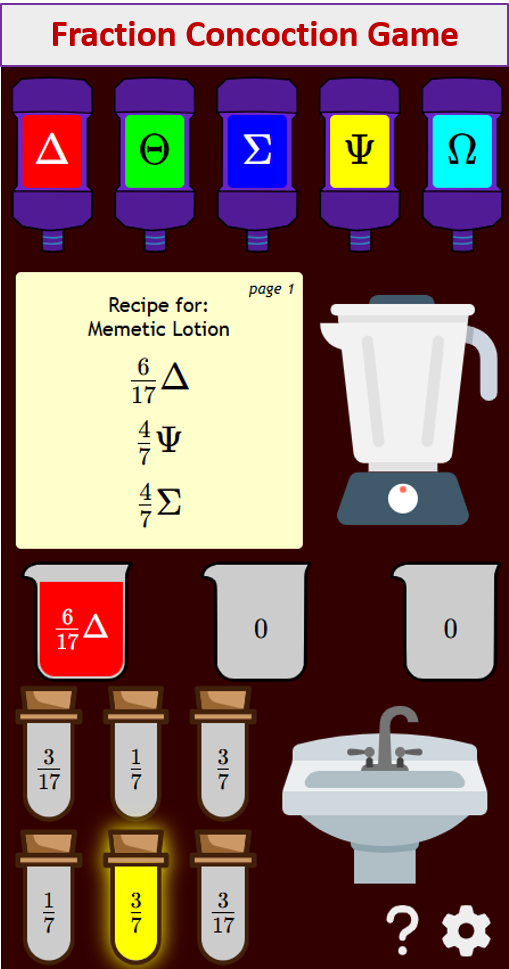Area of Polygons (Grade 6)
Related Topics:
Lesson Plans and Worksheets for Grade 6
Lesson Plans and Worksheets for all Grades
More Lessons for Grade 6
Common Core For Grade 6
Examples, solutions, videos, and lessons to help Grade 6 students learn how to find the area of right triangles, other triangles, special quadrilaterals, and polygons by composing into rectangles or decomposing into triangles and other shapes; apply these techniques in the context of solving real-world and mathematical problems.
Common Core: 6.G.1
Suggested Learning Targets
- I can find the area of triangles and other polygons.
- I can decompose polygons to find the area of a polygon.
- I can decompose polygons to solve real world problems.
- I can recognize and know how to compose and decompose polygons into triangles and rectangles.
- I can compare the area of a triangle to the area of the composed rectangle.
- I can apply the techniques of composing and/or decomposing to find the area of triangles, special quadrilaterals and polygons to solve mathematical and real world problems.
- I can discuss, develop and justify formulas for triangles and parallelograms (6th grade introduction).
Find the area of triangles, quadrilaterals, and polygons by composing rectangles (6.G.1)
Area of Polygons (6.G.1)
A trapezoid is a quadrilateral with only one pair of parallel sides.
Area of trapezoid = 1/2 h(b1 + b2)
A regular polygon is a many-sided figure with all sides equal length.
Area of triangle = 1/2 sh
Area of octagon = 8 • 1/2 sh = 4sh
6.G.1 - Area of Irregular Polygons
This video explains how to find the area of irregular polygons by following 4 simple steps:
- Use parallel lines to find the lengths of missing sides.
- Break the shape up into rectangles (or triangles).
- Find the area of each smaller shape.
- Add up the areas of each smaller shape.
Finding Area by Constructing and Deconstructing Shapes – 6.G.1
In this video, students will learn to find the area of triangles and trapezoids using a grid. This video relates to Common Core Standard 6.G.1. Students learn to compose and decompose shapes into rectangles and triangles in order to determine the shape of triangles and trapezoids.
How to find the area of irregular polygons. The key to finding the correct area is to use the parallel lines as key pieces of information. Also, some shapes not always be composed of quadrilaterals, some may be made up of triangles. This will impact which formula you use. If it is a rectangle, then you will use A=lw, but if it is a triangle, you will use the formula A=1/2 x b x h.
Find the Area of an L-Shaped Polygon Involving Whole Numbers
This video explains how to determine the length of the missing sides of an L-shaped polygon from give information and how to determine the area of the polygon.
Try out our new and fun Fraction Concoction Game.
Add and subtract fractions to make exciting fraction concoctions following a recipe. There are four levels of difficulty: Easy, medium, hard and insane. Practice the basics of fraction addition and subtraction or challenge yourself with the insane level.

We welcome your feedback, comments and questions about this site or page. Please submit your feedback or enquiries via our Feedback page.